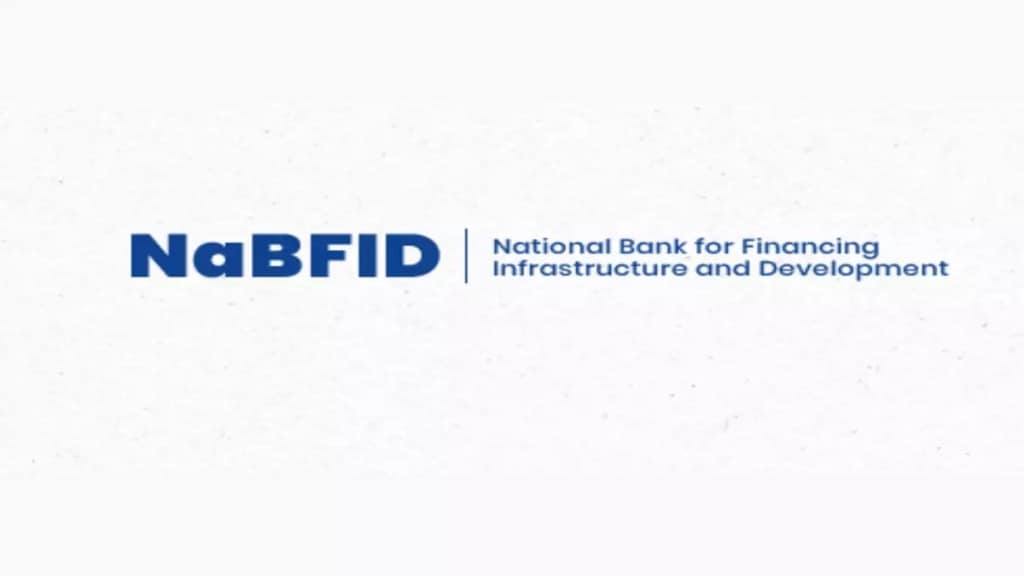While the partial credit enhancement facility for infrastructure bonds will be launched and made available for the industry, the National Bank for Financing of Infrastructure and Development (NaBFID) is hopeful of some regulatory relaxations by the Reserve Bank of India to bring down the cost for this product to make it more viable and acceptable, its managing director Rajkiran Rai G told Prasanta Sahu. Edited excerpts.
The government announced in the Budget that NaBFID will launch a partial credit enhancement facility. What will be its size and target sectors?
We have not crystallised the size yet. It is a broad mandate to NaBFID to develop the bond market. The target group are all infrastructure assets including municipal bonds. Any project which is completed and has a steady cash flow, and a rating of investment grade, like BBB and above, becomes a potential candidate for credit enhancement and to hit the bond market. The idea is to convert their loan exposure to the bond market.
What is the difference between this facility and similar ones run by banks?
The partial credit enhancement product was launched in 2015. But no one has taken the initiative to launch any product because there are certain inherent aspects (like high regulatory capital and provisioning requirements) which make this product a bit costly.
There is a cost-related issue with the current partial credit enhancement product, that’s why it has not taken off. Now, we have worked on these, and are launching the new product. Meanwhile, we may need some support to bring down the cost. Since the government has made the budget announcement, I am very sure that enablers will come. Every stakeholder in the system, be it the regulator, government and every investor in the system, wants the bond market to develop. This ideal way of financing infrastructure assets, not bank loans.
Are you looking for some relaxation from the RBI?
Yes, because the current partial credit enhancement facility is constrained by some stricter norms. But then, the process to change this will take time.
Are you also looking at subsidisation by the government?
We are not working on any subsidy model. If some regulations around these are tweaked, which is our expectation, the cost will come down. We are also in an advanced stage of discussions with some of the multilateral agencies for support (knowledge sharing on such bonds), and if that comes in, the cost will come down.
The government announced an urban challenge fund that will provide 25% of the cost of bankable projects, but are municipalities in a position to raise 50% of funds via bonds?
It is a long-term commitment. With Rs 10,000 crore earmarked in the budget for next year, we are talking about Rs 40,000 crore investment. Typically, municipalities do sewage treatment or solid waste power, or solid waste to biogas projects. Assuming that the average project size is about Rs 400 crore and if 100 municipalities are able to do one project each, this money will be utilized. NaBFID will help them in preparing project reports and technical assistance.
What are your fundraising plans?
These are linked to our disbursements. While our sanctions are on track, disbursements are not as anticipated. So, we are a bit slow in raising money. Two days ago, we raised Rs 5,000 crore and another Rs 25,000 crore may be raised depending on the requirement by March.


